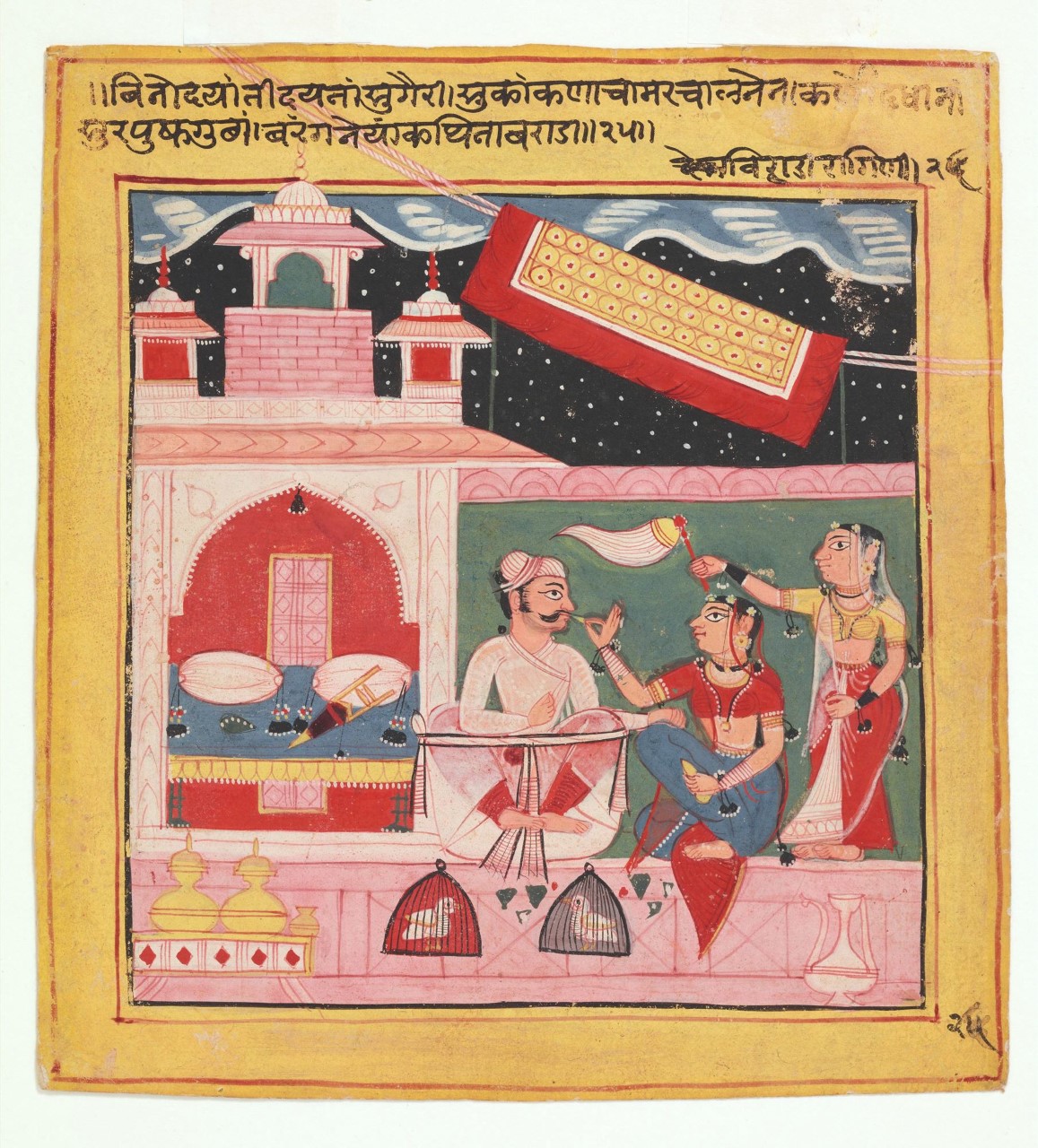4 mins February 25, 2020
Rajasthan was a hotbed of political and military activity in medieval times, and as a result, dozens of states emerged, most of them establishing artistic ateliers in their courts. The artistic work supported by the royals back then has today
become even more precious.
Miniature paintings from Rajasthan are some of the most exquisite art forms India has. This form of painting developed across this region in medieval times and, although generically referred to as ‘Rajput miniatures’, the style shows
great diversity depending on geography and time.

Rajasthan, which means the land of kings, has a lot to offer for travel aficionados. From historical monuments such as forts to desert safaris, a wide range of handicrafts and handlooms and much more. When planning a trip to Rajasthan, use your
Axis Bank credit cards to enjoy deals and offers on airline tickets and hotel stays. You could also avail of a travel loan from
Axis Bank if you find yourself falling short of funds.
Based on geography alone, miniatures are classified into four broad groups – Mewar, Marwar, Hadoti, and Dhundar. We will explore the art that emerged in the Mewar region, one of the most prolific regions of artistic activity. Paintings from
Mewar, Deogarh, Pratapgarh, and Nathdwara are classified under the Mewar group.
Mewar art originated in the Aravalli Hills of South-Eastern Rajasthan, in the Kingdom of Mewar and its associated states. The art which emerged here is characterised by emotional appeal and bright colours. A comparatively large number of paintings
were created in Mewar vis-à-vis any other Rajasthani school.
Mewar
The first school in this group emerged in the Kingdom of Mewar, mostly centred on the capital, Chittorgarh, Kumbhalgarh and later Udaipur. The rulers of Mewar patronised art across centuries, starting with Maharana Kumbha, Pratap and later Jagat
Singh I.
The depiction of themes associated with Krishna was a significant theme in the various schools of Mewar art across the centuries, which was influenced by multiple schools across time. In the early miniatures, you can see the influence of the Gujarat
Jain miniature paintings. In the 17th century, after Mewar had signed the peace treaty with the Mughals at the time of Maharana Amar Singh I r. 1597 – 1620 CE, elements of Mughal art can be seen along with the indigenous idiom.
Deogarh
Deogarh is a small town 125 km from Udaipur, where a distinct style of miniature painting emerged during the 18th and 19th centuries under its Rajput rulers. Rawat Gokuldas was one of the most significant patrons of the Deogarh style of art.
The art of Deogarh reflects a strong Mewar influence, with the prominent use of yellow and green as well as bold and elegant lines. One can see themes like portraits, hunting scenes, darbar, and court ceremonies as well as tales of Radha-Krishna
in the art of this region.
Pratapgarh
The cornerstone of the Pratapgarh kingdom was laid by a cousin of Rana Kumbha, Kshemkarna, in southern Mewar. His son and grandson formally established a kingdom with its capital at Deoliya in the 15th-16th century. Later, their descendant, Rawat
Pratap Singh, established the town of Pratapgarh in the 17th century, where the Pratapgarh School of art flourished.
The art in this principality was initially supported by Pratap Singh and later by his son. Pratap Singh was a follower of Vaishnavism and a devotee of Krishna. Thus, paintings with Krishna as the subject form a prominent part of this school of
art.
Nathdwara
The Nathdwara School is one of the most well-known art schools in the country due to the spiritual significance of the Srinathji shrine and the associated art of Pichwai. Besides the Pichwais, which are painted on cloth and are large in scale,
a tradition of miniature paintings on handmade paper also emerged in Nathdwara. Naturally, themes associated with Krishna are prominent in these paintings. The artistic style is an amalgamation of the styles of Braj and Mewar.
The states of Mewar may have vanished but they have left us with a rich and significant art collection. The art from Mewar is vibrant and expressive and many of the artistic traditions established hundreds of years ago are still thriving.
[Also Read: Choose your Credit Card]
Disclaimer : This article has been authored by Live History India Digital, a Mumbai based Digital Content Company. Axis Bank doesn’t influence any views of the author in any way. Axis Bank & Live History India Digital shall not be responsible for any direct / indirect loss or liability incurred by the reader for taking any financial decisions based on the contents and information. Please consult your financial advisor before making any financial decision.












